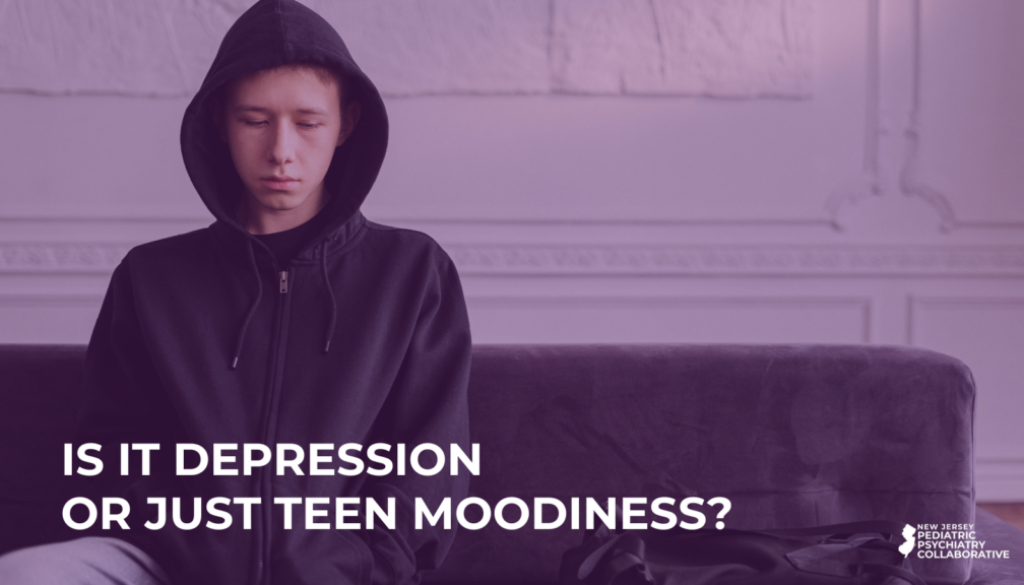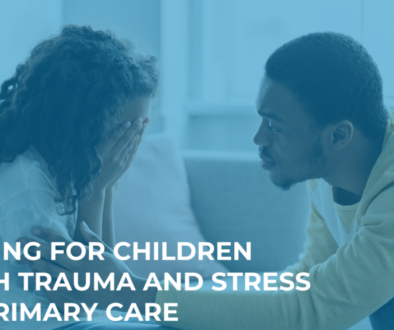Is It Depression or Just Teen Moodiness?
By Yasmine Deol, MD
Teenage years are often an emotional rollercoaster. Mood swings, rebellion, and changes in behavior can be part of normal adolescence. However, when do these shifts go beyond typical teen angst and become a sign of something more serious, like depression? Understanding the distinction is crucial for parents, teachers, and caregivers in ensuring proper support and intervention.
Statistics1 show that depression among teens is more common than we might think:
- 17% of U.S. adolescents (ages 12–17) in 2021-2022 reported experiencing symptoms of depression within the past two weeks.
- 40% of U.S. high school students in 2023 reported persistent feelings of sadness or hopelessness over the past year.
- 20% of U.S. high school students in 2023 seriously considered attempting suicide.
These numbers are alarming, making it essential to recognize the signs of depression in teens and differentiate them from normal moodiness.
How Depression Presents in Teens
Adolescence is time a of intense change – physically, socially and emotionally. Amidst puberty, value among peers and academic pressures, teens naturally experience stress. While becoming sad, defiant or irritable is a normal part of growing up. It could be a red flag for something more serious.
When people think of depression, they often picture someone looking sad or tearful. However, in teenagers, depression can manifest very differently. Instead of sadness, it may appear as:
- Irritability or anger
- Rebellious behavior: Actions defying authority may be more than just a phase—they can signal a deeper issue.
- Social withdrawal: A noticeable retreat from friends and activities once enjoyed.
- Loss of interest: A sudden disinterest in hobbies or extracurricular activities that previously brought joy.
- Extreme sensitivity to rejection
- Risky Behaviors: Increased substance use or involvement in delinquent activities may serve as a distraction from underlying emotional pain.
This makes it easy for parents and teachers to misinterpret depression as just another phase of teenage moodiness or them choosing the “wrong path”. So, how do we distinguish between the two?
Key Differences: Teen Moodiness vs. Depression
To determine whether a teen is experiencing normal mood swings or struggling with depression, consider the duration and impact of their behavior changes.
Ask these questions:
- Have the changes lasted for more than two weeks?
- Are these changes accompanied by other concerning signs?
Common Signs of Depression in Teens2
- Changes in appetite – Eating significantly more or less than usual
- Changes in sleep – Sleeping excessively or having trouble sleeping
- Trouble in concentrating– often times misinterpreted as signs of ADHD (attention deficit hyperactivity disorder)
- Drop in academic performance – Declining grades or lack of motivation in school
- Loss of interest in activities – Withdrawing from extracurriculars or hobbies they once loved
- Feelings of hopelessness – Expressing despair or lack of purpose
- Suicidal thoughts – Talking about or hinting at self-harm
Case Example: When a Teen’s Mood is More Than Just a Phase
Patient X is a 14-year-old boy who has always been a social and easy-going teen. Over the last two months, his teachers noticed a drop in his grades and participation in class discussions. At home, his mother had also observed some changes. He spent more time alone in his room, stopped eating at the dinner table, and was often awake late into the night. Initially, she brushed it off as typical teenage rebellion.
However, during a routine pediatrician visit, she mentioned her concerns. The doctor noted a drop in weight and observed that the teen responded with vague, one-word answers. After further probing, Patient X opened up about feeling depressed and wanting to talk to someone. Both he and his mother agreed to a referral to a psychiatrist for further evaluation and support.
What Caregivers Can Do?
If you suspect a teen might be experiencing depression:
- Listen without judgment – Let them know they are heard and supported.
- Encourage open conversations – Create a safe space where they feel comfortable sharing their emotions.
- Look for behavioral patterns – Notice persistent signs rather than occasional mood swings.
- Seek professional help – Please talk to your pediatrician to see a mental health care professional through New Jersey Pediatric Psychiatry Collaborative or get a referral to see a psychiatrist.
- Normalize mental health discussions – Encourage a culture where mental health is as important as physical health.
Teen depression is real and should not be dismissed as mere moodiness. Of note, each adolescent presents differently and might not have all the signs of depression. Early recognition and intervention can make all the difference in a teen’s well-being. If you notice significant and prolonged behavioral changes, don’t hesitate to seek professional help. Depression is not just a phase – it’s a condition that deserves attention, compassion, and support.
Author Profile:


References
- CDC. Data and Statistics on Children’s Mental Health. Children’s Mental Health. January 31, 2025. Accessed February 6, 2025. https://www.cdc.gov/children-mental-health/data-research/index.html
- Diagnostic and Statistical Manual of Mental Disorders | Psychiatry Online. DSM Library. Accessed February 21, 2025. https://psychiatryonline.org/doi/book/10.1176/appi.books.9780890425787
Resources for caregivers and youth
1) AACAP. Resources for Youth. Accessed February 21, 2025. https://www.aacap.org/AACAP/Families_and_Youth/Resource_Centers/Depression_Resource_Center/Resources_for_Youth_Depression.aspx
If you or anyone you know is in crisis, please reach out to local crisis centers
- Call or text Suicide and Crisis Lifeline at 988
- You can also call National Suicide Prevention Lifeline – 1-800-273- TALK (8255)
- Mobile Response and stabilization services are also available 24 hours a day and 7 days a week through the Department of Children and Families. You can call toll free 1-877-652-7624




